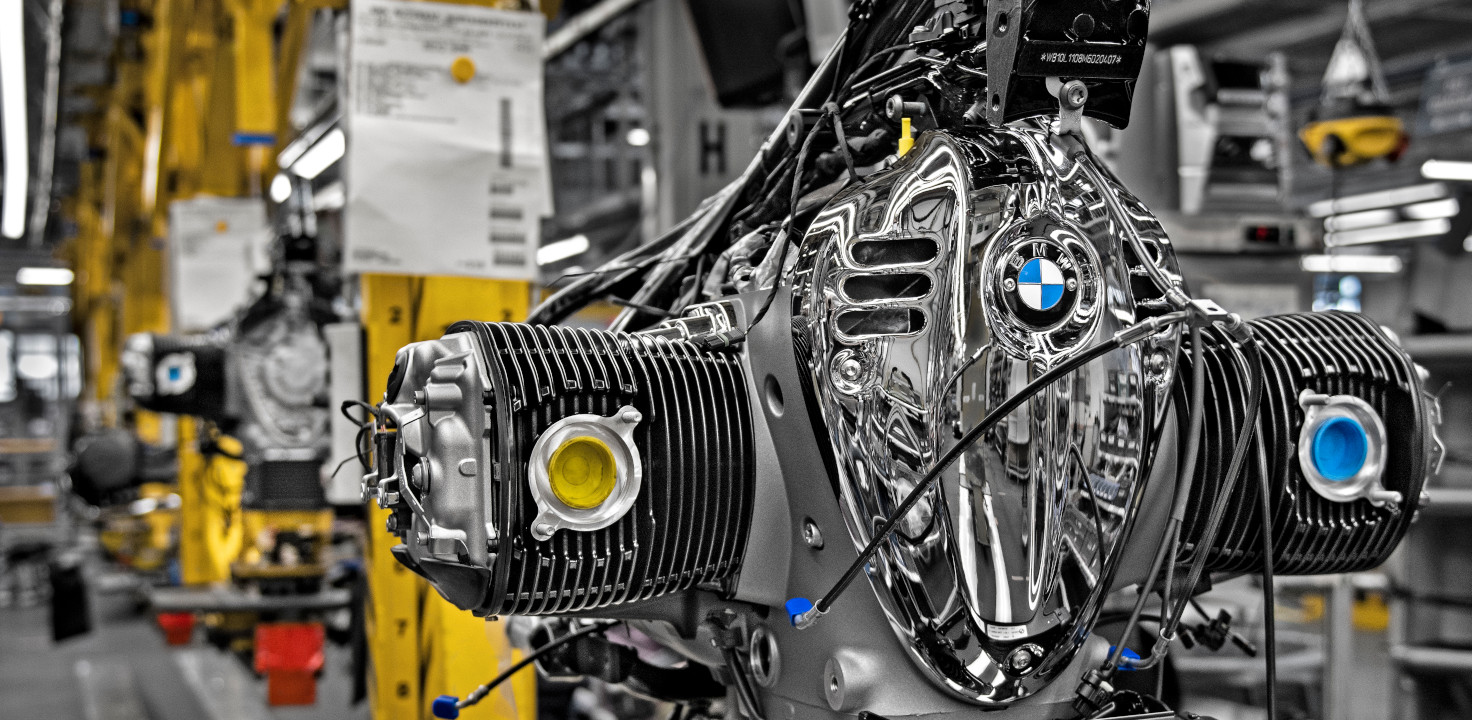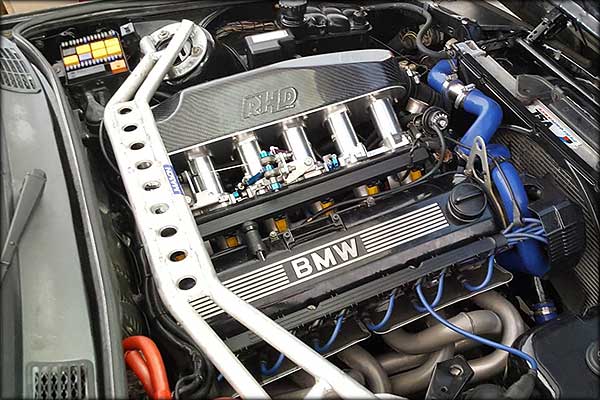Revealing the Keys Behind the Power of the BMW Engine
Revealing the Keys Behind the Power of the BMW Engine
Blog Article
Exploring the Evolution of Burning Engines in Modern Transport Solutions
As we navigate the landscape of contemporary transport, the advancement of burning engines stands as a testament to human resourcefulness and engineering prowess. The interplay of background, modern technology, and ecological problems in forming the trajectory of combustion engines produces a story that is both informative and compelling.
Early Beginnings of Combustion Engines
Exactly how did the concept of burning engines very first arise in the early stages of transportation advancement? The origins of burning engines can be mapped back to the 17th century when the principles of internal burning were first checked out.
The innovation minute included the invention of the very first effective gasoline-powered engine by Karl Benz in 1885 - bmw engine. This engine led the way for the growth of the modern-day vehicle, changing transport systems worldwide. Succeeding developments by Nikolaus Otto and Gottlieb Daimler better improved burning engine modern technology, resulting in the mass manufacturing of cars and the rapid expansion of the transport market
These early burning engines were defined by their simplicity and performance, laying the structure for the complex and effective engines utilized in modern-day transport systems. The evolution of burning engines has actually contributed fit the means we take a trip and deliver products, noting a considerable landmark in the background of transport advancement.
Change to Internal Burning Technology
The shift to inner burning technology noted an essential change in the evolution of transport systems. This shift started in the late 19th century, with inventors like Nikolaus Otto and Gottlieb Daimler establishing the first effective internal burning engines. These engines revolutionized transportation by using a more effective and powerful choice to steam engines and electric motors.
One of the key benefits of interior combustion engines was their ability to be reduced to suit vehicles, leading to the advancement of cars and motorcycles. This change from large, fixed engines to portable, mobile ones led the method for the modern-day transport systems we see today.
The transition to internal combustion technology additionally spurred developments in gas innovation, bring about the development of gasoline and diesel as primary gas sources for cars. This shift not only made transportation a lot more obtainable to the masses yet also laid the foundation for the oil and gas industry to come to be important to international economic climates.
Influence of Combustion Engines on Transport
The adoption of combustion engines in transport systems militarized a profound shift in the efficiency and speed of worldwide mobility. Combustion engines transformed transportation by supplying a reputable and functional source of power for numerous cars, consisting of cars and trucks, ships, trucks, and aircrafts. This advancement significantly enhanced the ability for individuals and goods to relocate over cross countries in much shorter period, resulting in boosted connection between regions and countries.
In addition, the prevalent use burning engines has had a substantial effect on financial advancement. The ability to deliver items efficiently has actually stimulated trade and commerce, permitting organizations to broaden their markets and reach customers worldwide. This has facilitated economic development and globalization, as products can now be carried much faster and in bigger quantities than ever.
However, the ecological impact of burning engines can not be overlooked. The burning of fossil gas has led to air contamination and greenhouse gas exhausts, adding to climate modification and posing wellness dangers to populaces. bmw engine. Consequently, there is an expanding focus on establishing alternative propulsion innovations to minimize these negative results and develop a much more lasting future for transportation
Advancements in Burning Engine Style
Various improvements in combustion engine style have thrust the development of transport More Bonuses systems over the decades. One notable advancement is the advancement of turbocharged engines, which make use of exhaust gases to drive a turbine that presses inbound air, permitting even more gas to be burned, leading to boosted power output without a substantial increase in engine dimension. Additionally, straight injection modern technology has enhanced fuel performance and efficiency by exactly controlling the amount and timing of fuel injected into the burning chamber. Variable valve timing systems have actually likewise changed engine layout by optimizing airflow at various engine rates, enhancing both power and performance. One more substantial improvement is the assimilation of lightweight products such as carbon fiber and aluminum alloys, reducing general engine weight and boosting vehicle fuel economy. In addition, innovations in computer-aided layout have actually enabled designers to maximize engine efficiency and efficiency through simulations prior to physical prototypes are constructed, conserving time and sources in the development procedure. These developments collectively add to the continuous improvement of combustion engines in contemporary transport systems.
Future Trends in Combustion Engine Advancement
With innovation improvements driving continual innovation, the future of burning engine advancement is poised to change transport systems internationally. Among the vital patterns in combustion engine advancement is the press in the direction of greater effectiveness and lowered discharges. Suppliers are spending heavily in study and growth to improve engine performance while satisfying stringent ecological regulations. This includes the assimilation of advanced fuel injection systems, enhanced turbocharging techniques, and using light-weight materials to optimize gas consumption and decrease carbon emissions.
One more famous fad is the adoption of hybrid technologies in combustion engines. Hybrid engines combine typical combustion technology with electric power, providing enhanced fuel efficiency and reduced discharges. As the automobile sector shifts towards electrification, hybrid burning original site engines are seen as a transitional solution that connects the space in between conventional automobiles and totally electric ones.
In addition, the integration of clever modern technologies, such as man-made intelligence and data analytics, is anticipated to play a considerable duty in the future of combustion engine development. These innovations can maximize engine performance in real-time, causing a lot more effective burning procedures and improved overall automobile efficiency. Accepting these future trends will not just drive innovation in burning engine development however also contribute to a more environmentally friendly and sustainable transport community.

Verdict
Finally, the development of combustion engines in modern transport systems has actually been noted by significant advancements in modern technology and design. From the early starts of burning engines to the transition to internal combustion innovation, these engines have had an extensive impact on transportation. Innovations in burning engine style remain to drive development in this field, with future fads concentrating on further improving efficiency and decreasing exhausts. The future of combustion engines in transport looks promising as r & d initiatives continue to press boundaries.
The origins of combustion engines can be traced back to the 17th century when the concepts of inner burning were very first discovered. These engines reinvented transport by using a much more efficient and powerful option to heavy steam engines and electrical motors.

Report this page